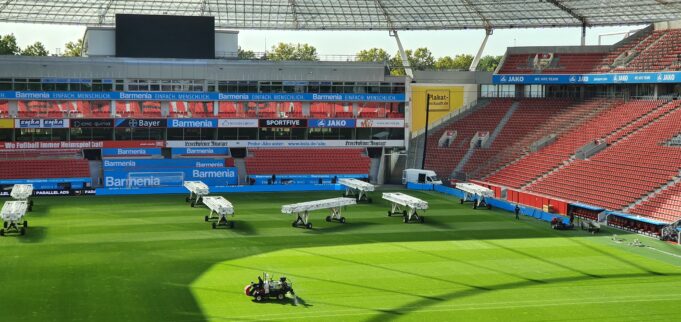Soccer is one of the most popular sports around the world. Though it has long been a favorite game for countries located across Europe, South America, Africa, and Asia, places like the United States have come around to the sport in recent years and have joined in on the excitement. As soccer continues to attract more and more fans to games, team owners and stadium managers are working tirelessly to reduce the impact that big-scale events have on the environment. Staying conscious of the future of the planet is key for many reasons.
Look over some of these examples of how FIFA leagues are going green with their current seasons. From changes to concessions to new ways of providing energy to the crowd, there are all kinds of clever methods being utilized in the mission to help the planet.
Local and Organic Concessions
Though the biggest draw to any professional sporting event is the game itself, it is hard to deny the importance of snacks in the ritual. Enjoying concessions while watching athletes give it their all on the field is a classic component of going to a game. However, the food offered at many stadiums is often wildly unhealthy and sourced from locations all over the place. Recent years have seen a majority of consumers turn away from such snacks, leading stadium owners to revolutionize the way that they go about offering concessions during games.
Instead of filling the stadiums with processed meats and faux cheeses, it is now commonplace for stadium owners to bring in vendors who hawk local, organic options. Not only does this meet the new demands of the average fan, it also reduces the carbon footprint of the FIFA league. When distributors travel less to get goods to the stadium, fewer vehicles are involved in the process. This, in turn, reduces carbon emissions and helps to lessen the direct impact that the stadium and its related processes have on the local environment.
Solar Energy
Energy is another big point of concern when it comes to professional sporting events and the environment. Since many soccer games are played into the early hours of the night, there is a direct need for floodlights. This helps fans in the stadium get a clear picture of what’s happening and it provides a sharp image for fans at home. Naturally, all of these lights and cameras and other fixtures eat up a lot of electricity. To lessen the load a bit, many stadiums are now employing solar energy as a way of curbing this bad habit.
The amount of energy consumed for a single sporting event is quite wasteful. By making the switch to solar, stadium owners can see some impressive results from the efforts. Not only can such a move reduce the amount of energy wasted at a stadium, solar panel cost estimates are far less taxing than most people realize. There may be some expenses involved right away, but there will be long-term benefits to the budget. Such a crucial change to energy consumption is a direct action that can help the planet through a difficult environmental period.
Recycling Programs
The concept of recycling is not new. Still, many FIFA leagues were falling behind when it came to implementing recycling programs in stadiums. Now, more and more locations are adopting better attitudes about this crucial way of getting rid of plastics and papers. When materials are repurposed through such programs, it helps to reduce how many resources are consumed on average in the production of certain goods. Plus, the associated costs of putting together a recycling program are far less than the advantages the action will have for the planet.
Reducing the impact the human race has on the planet is no small task. In order to see lasting results, it is important that all people come together and do their part. When large organizations like FIFA make changes to protocol, it is only a matter of time before other industries fall in line and do the same.






